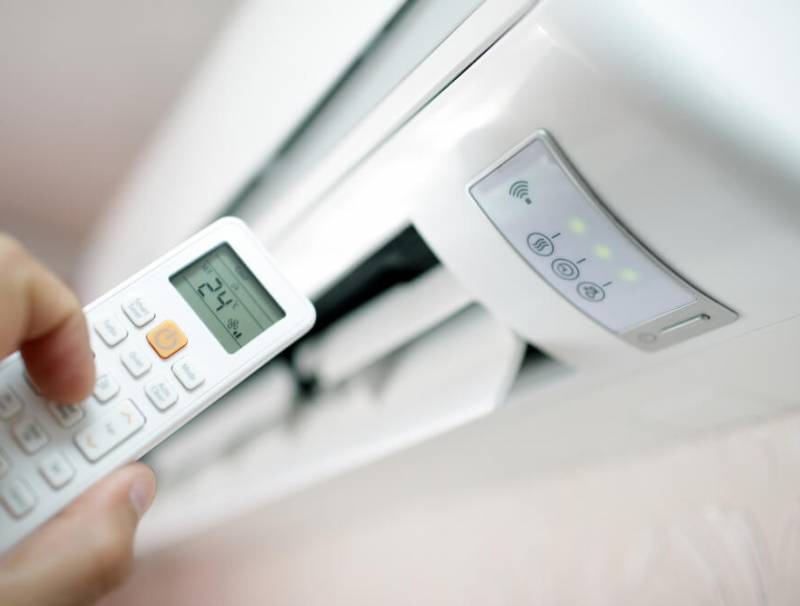The Difference Between A Lightning Arrester & Surge Arrester
All the terms in the electrical industry can be confusing. Even the professionals are confused sometimes. You might have heard the terms lightning arrester and surge arrester. If you aren’t familiar with arresters, you might not know what each of them is. It is important to know the difference.
You might hear them used interchangeably too. According to GVA Electrical Limited, an electrician in London, both types of arresters are important for protecting your home.
What is the Difference Between a Lightning Arrester and a Surge Arrester?
There is only one major difference between the two. Both types of arresters are used to protect your home in case it is hit by lightning. One type of arrester protects your home from the outside. The other protects your home from the inside.
Surge arresters are used to intercept the surge. It then sends the extra energy into the grounding wire. Lightning arresters divert the energy through the arrester. Then, the energy typically goes to the ground.
Both types of arresters work to protect your home or business from damage. They are both effective at preventing lightning damage.
Keep in mind that lightning arresters only work to protect devices from lightning. Surge arresters work to protect devices from short circuits, lightning, or sparking. Because of this, surge arresters work as lightning arresters. Lightning arresters cannot be used as surge arresters.
Why Should You Use a Lightning Arrester or a Surge Arrester?
The purpose of these arresters is to protect your electrical system. A surge or a lightning strike can damage an entire electrical system. According to Do It Yourself, the arresters work to keep the high voltage from damaging the electrical system.
Electrical devices are meant to handle a specific voltage. In some cases, a strike can be at a voltage that is too high. Then, the electrical device can be damaged. The purpose of the arrester is to divert that high voltage away from the devices.
In some areas, lightning protection is very important. According to Home Advisor, a bolt of lightning can carry 300 million volts of electricity. Your home may be prone to lightning strikes. This can be due to several factors, including:
- The size of your home
- Whether your area is prone to storms
- Whether you are surrounded by water
- If you are on flatlands or mountaintops
How Much Does Lightning Damage Cost?
On average, lightning-related damage costs more than $8,000. There are over 100,000 lightning-related claims filed each year. This is a lot of money to pay in an emergency situation. Getting lightning protection can go a long way.
Should You Use a Surge Arrester or a Lightning Arrester?
This decision may vary by what protection you need. The purpose of either one is to protect your home. Because both tools protect your home, either one will work. In most cases, homeowners can choose either one to protect their homes. Since they have the same purpose, your home can be protected with either one.
To help you make the final decision, it’s a good idea to speak with a professional. They have the needed expertise to help you. They can give you specific advice for your needs. Though any kind of arrester works for most homes, professional help never hurts. There may be an option that will work best for your needs.
Surge arresters may be a better choice because of the protection they offer. Lightning arresters are less versatile. They can only protect against lightning damage.
Where Can Surge Arresters and Lightning Arresters be Used?
Arresters can be used at residential and commercial properties. You can protect your home or business with a surge or lightning arrester. Both locations should have protection in case of lightning or another surge issue.
Surge arresters are installed near electrical meters. According to Circuit Globe, lightning arresters should be installed near the devices that need to be protected. An electrician knows where to place each type of arrester. The location is important so that the tool can perform correctly to protect your home or office.
How Much Do Surge and Lightning Arresters Cost?
The cost of each of these tools varies. The type of materials and the size of your home are important factors. The type of arrester also makes a difference. According to Home Advisor, a lightning protection system costs an average of $1,305. Some systems are much more affordable. Others are more expensive.
Conclusion
Both lightning and surge arresters are important in protecting your electrical devices. They both have a role in keeping your devices undamaged. The main difference is how they function. They both have the same purpose of protecting your home. It’s important to have this protection in your home or business. Talk to a professional electrician to find out what the best options are. Both work similarly and will keep your devices safe.






















